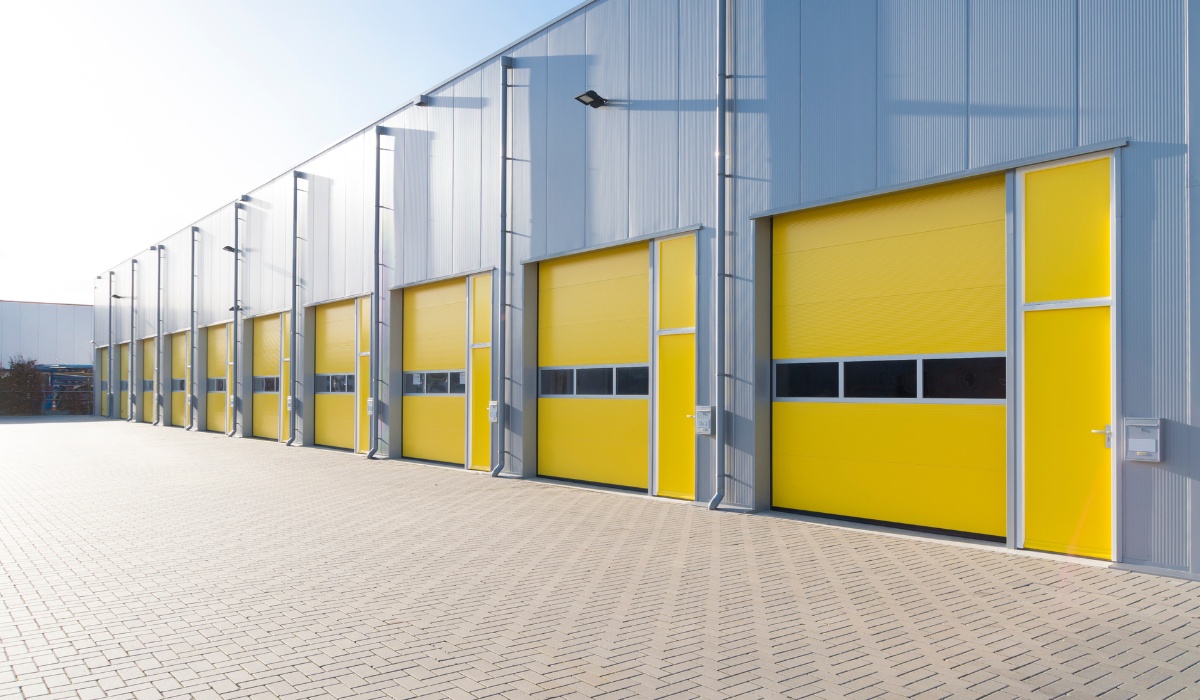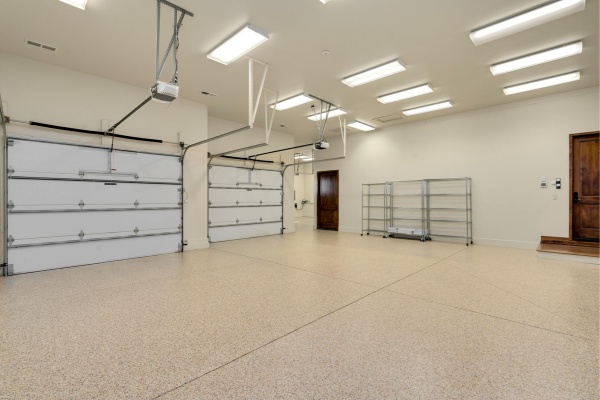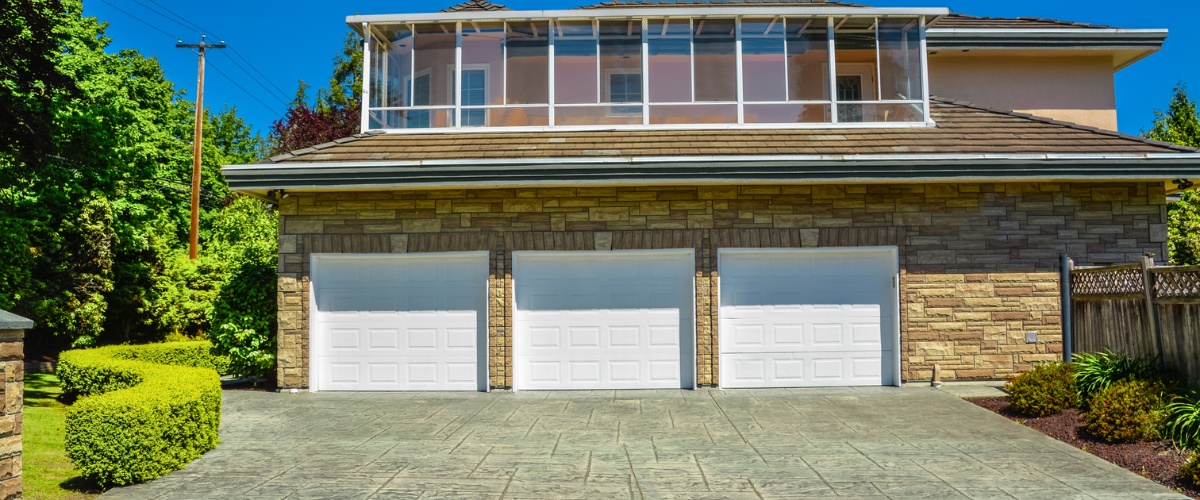Is your garage door refusing to cooperate? Don't despair! This comprehensive guide provides practical troubleshooting tips and solutions to get your garage door opener back in action. Whether it's a simple fix or a sign of something more serious, we've got you covered. Let's dive in and restore the smooth operation of your garage door system.
What to Do If Your Garage Door Opener Isn't Working
A non-functioning garage door opener can be frustrating. Before calling a repair service, let's systematically check a few things. First, ensure the power supply to your garage door opener is connected and functioning correctly. Check your breaker box for any tripped breakers. Then, examine the remote. A dead battery is a surprisingly common culprit. Replace it and try again. If the http://gunnervckp851.timeforchangecounselling.com/conquer-garage-door-troubles-in-2025-your-ultimate-repair-guide problem persists, carefully inspect the circuit board for any visible damage or loose connections. This often requires a more thorough examination; consult your owner's manual or a qualified technician for guidance if needed. Remember safety precautions when working with electricity and always disconnect power before inspecting components.
Why Won't My Garage Door Open?
Sometimes, the door itself is the problem, not the opener. Safety sensors are a common cause of a garage door failing to open. These sensors, located on each side of the door's opening, detect obstructions. A misalignment of these sensors, even a small one, can prevent the door from functioning. Check for obstructions between the sensors and realign them if necessary. Another possible issue is the remote control. Try using a different remote if available. If none of the remotes work, the problem likely lies with the receiver or the opener itself.

Troubleshooting a Stuck or Jammed Garage Door
A garage door that's stuck or jammed requires careful attention. Check the tracks for any misalignments or obstructions. Debris, such as leaves or small toys, can easily jam the rollers. Clean the tracks and remove any obstructions. Inspect the rollers themselves; worn or damaged rollers can cause the door to bind. If you notice bent or damaged tracks, you will need to consider repair or replacement. Assess the garage door springs; these components are under significant tension and should only be handled by experienced professionals if you notice problems. Improper handling can be extremely dangerous.
Fixing a Garage Door That Won't Close
A garage door that won't close completely often points towards issues with the safety sensors or the limit switch. The limit switch controls the extent of door travel. If the door stops short of the closed position, the limit switch needs adjustment, which typically involves altering screw positions. However, if the sensors continue to detect a false obstruction and reversing the door, check for misalignment or debris in their path. Remember to consult your owner's manual for specific instructions related to adjusting the limit switch on your garage door opener model.
Maintaining Your Garage Door Opener for Longevity
Regular maintenance significantly extends the life of your garage door opener. Lubricate moving parts, such as rollers, hinges, and tracks, with an appropriate lubricant. Check the garage door springs periodically for signs of wear or damage. Garage door springs are under high tension and should only be handled by trained professionals. Never attempt repairs unless you have specific expertise and the correct safety equipment. Pay attention to the sound of your opener; unusual noises can indicate issues that need immediate attention. Consider a professional inspection at least once a year.
Common Garage Door Remote Issues
Remote control problems are often easily resolved. Check and replace the batteries in your remotes; this is a frequent cause of malfunctions. If the problem persists, your remote may need reprogramming. The process varies by opener model; consult your owner's manual. Sometimes, interference from other electronic devices or a weak signal can cause issues, which can necessitate professional inspection for potential solutions.
When to Replace Your Garage Door Opener
While troubleshooting and repairs are often cost-effective, there are signs that replacing your garage door opener is a better option. If you experience repeated problems, particularly those affecting the motor, gears, or the circuit board, it may become more economical to replace the unit. Frequent repairs suggest inherent problems with the opener itself, and you might be dealing with bigger issues in the near future. A noisy opener which signals significant wear and tear, might also signal the need for replacement.
Programming Your Garage Door Opener
Programming your garage door opener involves several steps and varies considerably depending on the brand and model. Consult your owner's manual for precise instructions. Typically, you will need to locate the “learn” button on your opener unit. Press the learn button, then press the button on the remote you want to program. The process establishes a connection and allows your remote to control the opener. Ensure all remotes are correctly paired to prevent access issues. For keypads, similar programming processes usually exist; consult your specific opener's user manual.
Frequently Asked Questions
Q: What should I check first if my garage door isn’t opening?
A: Begin by checking the power supply, remote batteries, and ensuring the safety sensors are clear of obstructions.
Q: Can I fix a noisy garage door opener myself?
A: Sometimes; often noise indicates a lack of lubrication or worn parts that you can address with basic maintenance, but complex issues need professional assistance.
Q: How do I know if the limit switch needs adjusting?

Q: What tools do I need for basic garage door maintenance?
A: A ladder, lubricant, screwdrivers, and potentially a wrench are generally sufficient.

Common Garage Door Opener Brands: [List of common brands could go here]
Conclusion: Troubleshooting your garage door opener doesn't have to be daunting. By following these steps and paying attention to the details, you can often solve the problem yourself and save on costly repair bills. Remember that safety is paramount; always disconnect the power before working on any electrical components. If you're unsure about any step, consult a qualified garage door technician. Keep your garage door operating smoothly and enhance your home's security and convenience!